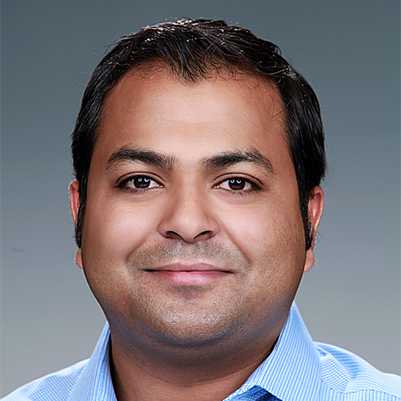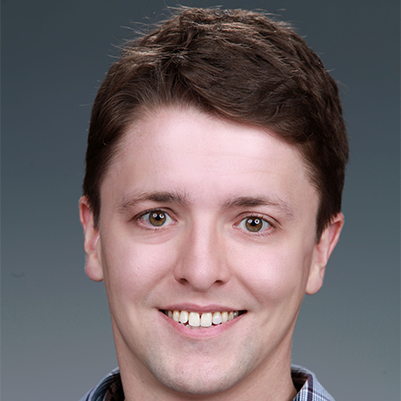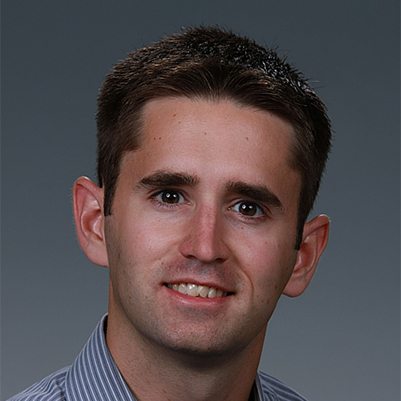Solvability, Operability, and Security for Cyber-Physical Systems: New Computational Methods with Revised Assumptions

Abstract:
This paper discusses the use and integration of disparate but complementary tools for dealing with solvability, operability, and security challenges in Cyber-Physical Systems (CPSs): the Koopman operator for solvability, disjunctive programming for operability, and multi-level optimisation for security. These methods can obviate the need for some of the traditional assumptions used in modelling CPSs. This paper demonstrates the methods’ capabilities and considers ways to advance each method individually. It concludes by discussing how to integrate the different methods and identify useful synergies generated by doing so.
AUTHORS

Pacific Northwest National Laboratory
Richland, Washington, United States
Dr. Craig Bakker completed a PhD in engineering at the University of Cambridge, where his research focused on optimization algorithms, differential geometry, and computational methods for model decomposition. Following this, he did postdoctoral research in climate change, food security, and economic modelling at Johns Hopkins University. He is now a research scientist at the Pacific Northwest National Laboratory. There, he works in game theory, machine learning, and optimal control.

Pacific Northwest National Laboratory
Richland, Washington, United States
Arnab Bhattacharyais an Operations Research Scientist in the Optimization and Control group at PNNL. His current work lies at the intersection of machine learning, optimization, and optimal control with applications in cyber-physical security and distributed energy systems as part of projects funded by DOE and ARPA-e. Arnab graduated with a Ph.D. in Operations Research from the University of Pittsburgh in 2017 and holds a B. Tech in Industrial Engineering from Indian Institute of Technology (IIT), Kharagpur, India. He is currently a member of IEEE, INFORMS and SIAM.

Pacific Northwest National Laboratory
Richland, Washington, United States
Samrat Chatterjee is a Data/Operations Research Scientist and Team Lead with the Data Sciences and Machine Intelligence Group at PNNL. His research focuses on cyber and physical infrastructure resilience modeling, risk and decision analysis, and data/graph analytics in support of the Department of Energy (DOE), Department of Homeland Security (DHS), and the Department of Defense (DoD). He also serves as the lead for Artificial Intelligence (AI) systems thrust within PNNL’s multi-year AI research initiative and holds an affiliate faculty appointment in the Civil and Environmental Engineering department at Northeastern University in Boston, MA. Samrat conducted postdoctoral research on infrastructure risk and decision analysis at the DHS-CREATE Homeland Security Center of Excellence at the University of Southern California and holds a Ph.D. in Civil Systems Engineering from Vanderbilt University. He has authored two books, four book chapters, and over 60 peer-reviewed journal articles, conference papers, and technical reports, and received multiple best paper and poster awards. He is a senior member of the Institute of Electrical and Electronics Engineers (IEEE); and a member of the Society for Risk Analysis (SRA) and the Military Operations Research Society (MORS).

Pacific Northwest National Laboratory
Richland, Washington, United States
Dr. Matthew Oster is a Data Scientist in the Applied Statistics and Computational Modeling group at Pacific Northwest National Laboratory (PNNL). He is interested in optimization modeling, data engineering/visualization, and general decision support solutions. Matt has led various tasks at PNNL ranging from generating data for the 2019 IEEE Visual Analytics Science and Technology (VAST) Challenge, to curating/analyzing the uncertainty in data for stand-off and in-transit UF6 cylinder enrichment discrimination, to designing/implementing data storage solutions for a transactive power system co-simulation yielding many terabytes of outputs across multiple HPC nodes.

Pacific Northwest National Laboratory
Richland, Washington, United States
Casey J. Perkins is an Industrial Engineer and Data Scientist in the Applied Statistics and Computational Modeling group at PNNL. His research focuses on developing decisions support models and tools to support management of various sponsor security missions, using operations research methods including discrete event simulation, optimization, uncertainty quantification and game theory. His research interests include operationalizing tools and techniques in support of sponsor security missions. He was primary developer for a patented modeling method to simultaneously evaluate system vulnerability for cyber and physical protection systems with multiple peer reviewed conference papers. Mr. Perkins holds a Master of Science in Industrial and Systems Engineering from Arizona State University and a bachelor’s degree in Industrial Engineering from the University of Washington.

Pacific Northwest National Laboratory
Richland, Washington, United States
Dr. Feng Pan joined Pacific Northwest National Laboratory in 2014 and is currently working as a Research Scientist in the Optimization and Control Group in the Energy and Environmental Directorate. His current focus is on applying operations research techniques to solve energy and national security applications. He is leading two major projects, High Performance Power Grid Optimization Project (HIPPO) and the ARPA-E Grid Optimization (GO) Competition. In the HIPPO project, he has been leading a multidisciplinary team to develop parallel and concurrent mixed integer programming software to improve computational efficiency of solving security constrained unit commitment problem in regional energy market. He has worked with National Security Directorate on several projects where developed mathematical optimization and network models in critical infrastructure and cyber security applications. Before joining PNNL, he worked at Los Alamos National Laboratory in 2003-2014 as a Research Scientist and Project Leader on research projects in stochastic optimization, network interdiction and on various applications in smart grid and national security.
Published In
Journal of Information Warfare
The definitive publication for the best and latest research and analysis on information warfare, information operations, and cyber crime. Available in traditional hard copy or online.
Quick Links
Archive

